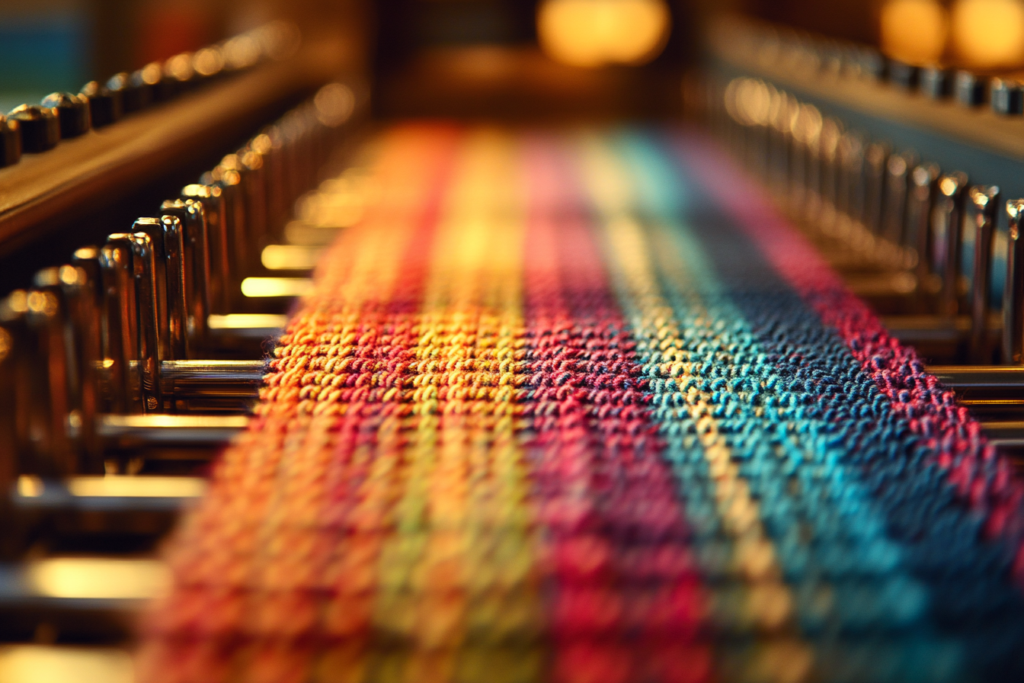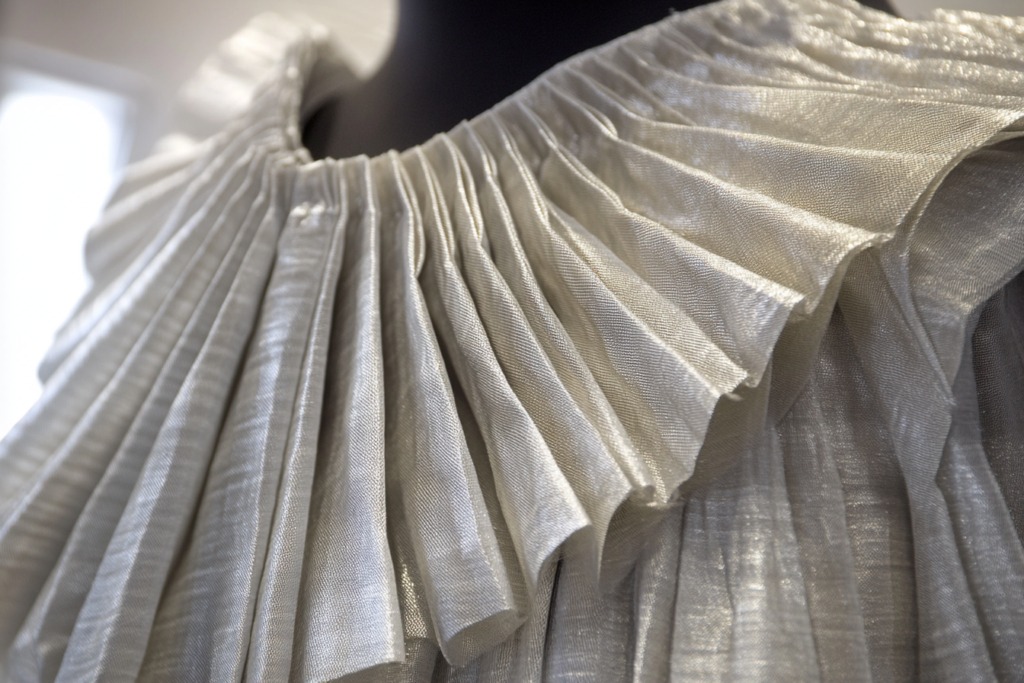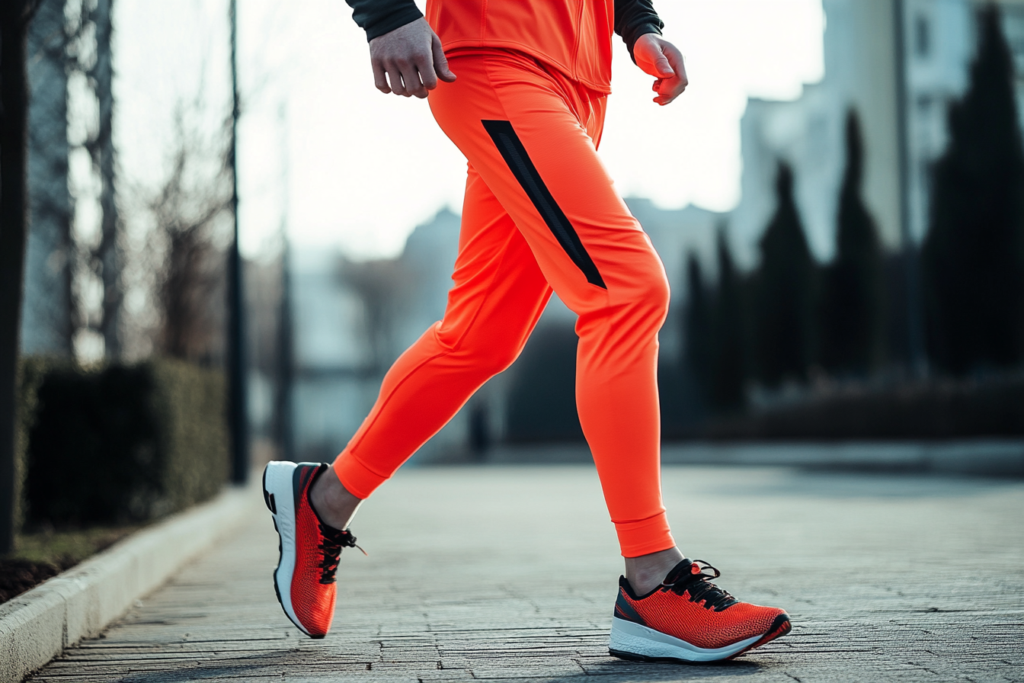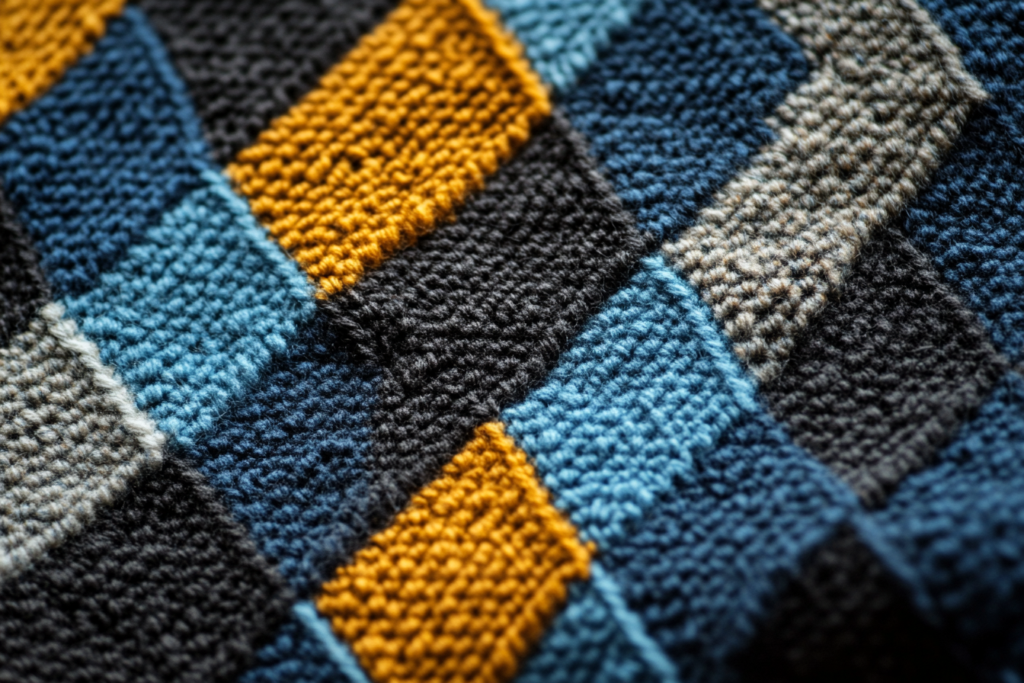Weft Knitting: The Process and Key Structures Behind Knit Fabrics
Meta Description: Weft knitting refers to knitted fabrics created with horizontal yarns. Learn about its process, common stitch types like plain, ribbed, and interlocking stitches, and their applications.
What is Weft Knitting?
Weft knitting is a type of knitted fabric construction that involves the use of parallel horizontal yarns woven into loops across the fabric. In this process, yarns are fed horizontally across the fabric, creating loops that interlock with each other. Weft knitting is performed using a specialized single-sided fixed machine bed knitting machine with locking hook needles, which create the loops and interlock them in various patterns.
This type of knitting is widely used in the textile industry for creating soft, flexible fabrics that can stretch in multiple directions. Weft-knitted fabrics are commonly used in the production of sweaters, t-shirts, hosiery, and other garments where comfort and elasticity are essential.
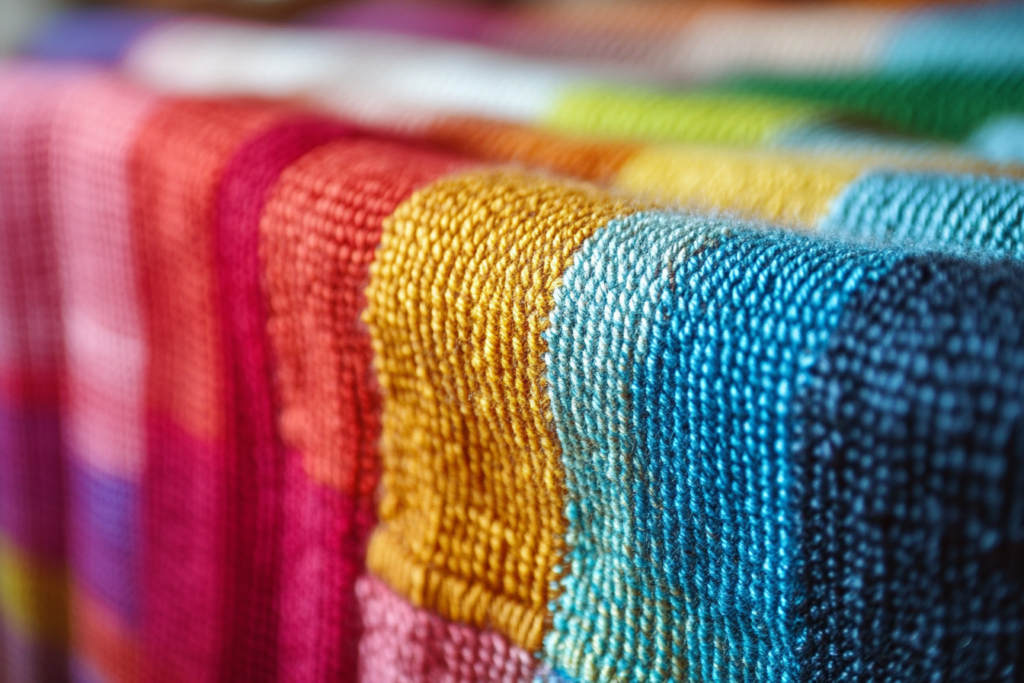
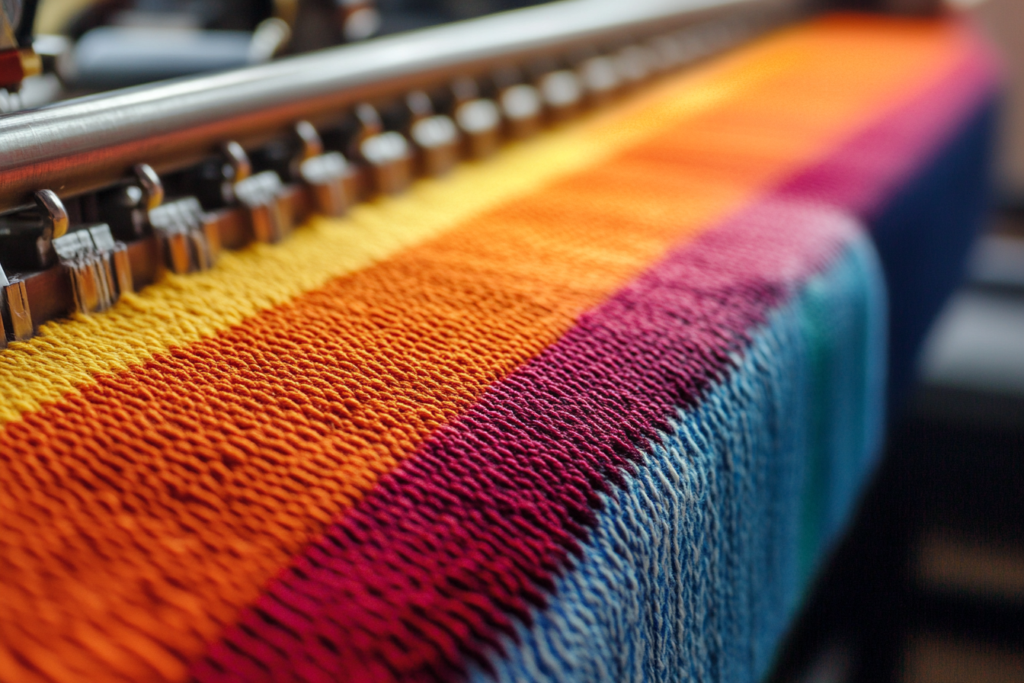
How Weft Knitting Works
📌 Knitting Machine Setup
- Weft knitting machines feature a single-sided machine bed with needles that hook and interlock the yarns. These machines create loops that run horizontally across the fabric, in contrast to warp knitting, where the loops are formed vertically.
📌 Yarn Feeding
- In weft knitting, the yarn is fed through the needles, where it is formed into loops in the horizontal direction across the fabric width. The yarn passes through the needles in a way that forms stitches and loops that interlock with the previous row.
📌 Loop Formation
- The loop formation in weft knitting can vary depending on the pattern being used. The loops are interlocked in a way that creates different types of textures and fabric finishes, such as plain stitch, ribbed stitch, and interlocking stitch.
📌 Fabric Construction
- After the yarn is passed through the needles and the loops are formed, the fabric is continuously produced as the knitting machine moves across the yarn, creating the desired width and length. Weft knitted fabrics are particularly known for their stretchability and softness, making them ideal for comfortable garments.
Types of Weft Knitted Stitches
There are several common types of stitches used in weft knitting, each creating a different texture and appearance in the final fabric. Below are the key types of weft knitted stitches:
📌 Plain Stitch
- The plain stitch, also known as the jersey stitch, is one of the most common stitches used in weft knitting. In this stitch, the yarn is looped and interlocked in a single direction, creating a smooth surface on one side and a slightly textured surface on the other.
- Applications: T-shirts, sweaters, knitwear.
📌 Ribbed Stitch
- The ribbed stitch creates a fabric with raised, alternating columns of knit and purl stitches. The fabric has a stretchable quality due to the alternating stitch pattern, making it ideal for fitted garments.
- Applications: Sweater cuffs, necklines, waistbands in knit garments.
📌 Interlocking Stitch
- The interlocking stitch involves knitting with two yarns that create a stronger, more durable fabric. This type of stitch results in a double-sided knit with the same appearance on both sides.
- Applications: Activewear, sportswear, and outerwear where durability and stretch are important.
Advantages of Weft Knitting
📌 Elasticity and Stretch
- Weft knitted fabrics are naturally elastic due to the looping structure, allowing them to stretch both horizontally and vertically. This makes weft-knitted fabrics ideal for garments like sweaters, leggings, and activewear that require flexibility.
📌 Softness and Comfort
- Weft knitted fabrics are known for their soft feel and comfortable wear. The structure of the fabric allows it to conform to the body, making it a popular choice for casual wear and loungewear.
📌 Durability
- The interlocking nature of weft-knitted fabrics ensures that they are durable and less likely to unravel when cut. This makes them suitable for long-lasting garments and clothing items that need to withstand regular wear and tear.
📌 Breathability
- Weft-knitted fabrics tend to have good air circulation due to the loops formed in the knitting process. This makes them breathable, which is particularly beneficial in activewear and outdoor clothing.
Applications of Weft Knitted Fabrics
📌 Sweaters and Knitwear
- Weft knitting is widely used to create sweaters, cardigans, jumpers, and other knitwear. The stretch and comfort of the fabric make it a preferred choice for cozy, form-fitting garments.
📌 T-Shirts and Casual Wear
- The jersey (plain stitch) fabric is used for T-shirts, tank tops, and casual wear due to its lightweight and comfortable nature.
📌 Activewear and Sportswear
- Weft knitted fabrics with ribbed and interlocking stitches are ideal for activewear, sportswear, and outdoor gear, providing the stretch and durability needed for high-performance clothing.
📌 Hosiery and Underwear
- Weft knitting is also used in the production of hosiery, socks, and underwear, where the fabric’s stretchability and softness are essential for comfort and fit.
Illustration of Weft Knitting
Here is an illustration showing the process of weft knitting, including the formation of loops and the types of stitches used to create different fabric textures. The image highlights how the horizontal yarns are interlocked to create fabric.

Conclusion: The Versatility of Weft Knitting
Weft knitting is a versatile and essential technique in the textile industry, offering fabrics that are stretchable, soft, and durable. From sweaters to activewear, weft-knitted fabrics provide the comfort and flexibility required for modern clothing. The different types of stitches, including plain, ribbed, and interlocking, allow for a wide range of textures and applications in the fashion world.
